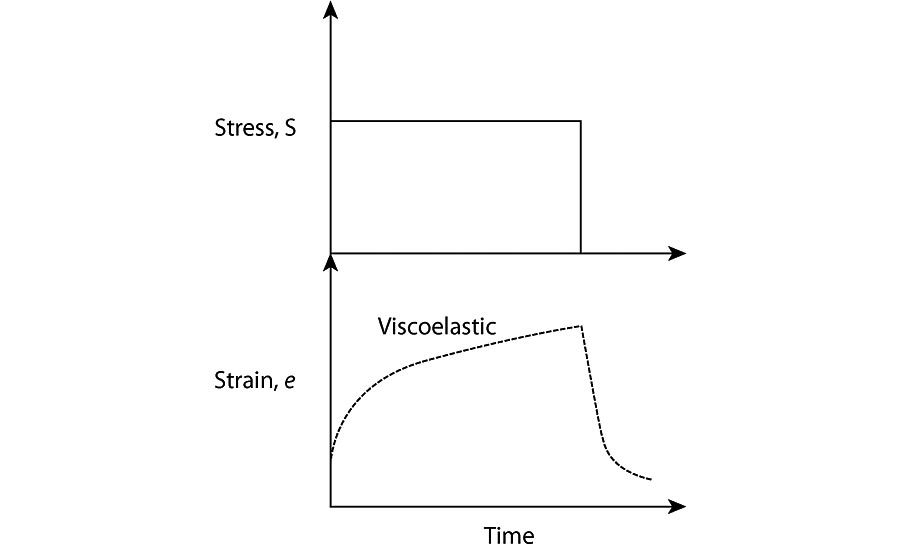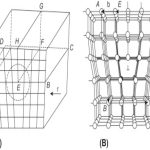The German physicist Wilhelm Weber noticed in 1835 that a load applied to a silk thread produced not only an immediate extension but also a continuing elongation of the thread with time. This type of viscoelastic response is especially notable in polymeric solids but is present to some extent in all types of solids and often does not have a clear separation from what could be called viscoplastic, or creep, response. In general, if all of the strain is ultimately recovered when a load is removed from a body, the response is termed viscoelastic, but the term is also used in cases for which sustained loading leads to strains that are not fully recovered. The Austrian physicist Ludwig Boltzmann developed in 1874 the theory of linear viscoelastic stress-strain relations. In their most general form, these involve the notion that a step loading (a suddenly imposed stress that is subsequently maintained constant) causes an immediate strain followed by a time-dependent strain which, for different materials, either may have a finite limit at long time or may increase indefinitely with time. Within the assumption of linearity, the strain at time t in response to a general time-dependent stress history σ(t) can then be written as the sum (or integral) of terms that involve the step-loading strain response due to a step loading dt′dσ(t′)/dt′ at time t′. The theory of viscoelasticity is important for consideration of the attenuation of stress waves and the damping of vibrations.
A new class of problems arose with the mechanics of very-long-molecule polymers, which do not have significant cross-linking and exist either in solution or as a melt. These are fluids in the sense that they cannot long support shear stress, but at the same time they have remarkable properties like those of finitely deformed elastic solids. A famous demonstration is to pour one of these fluids slowly from a beaker and to cut the flowing stream suddenly with scissors; if the cut is not too far below the place of exit from the beaker, the stream of falling fluid immediately contracts elastically and returns to the beaker. The molecules are elongated during flow but tend to return to their thermodynamically preferred coiled configuration when forces are removed.
The theory of such materials came under intense development in the 1950s after the British applied mathematician James Gardner Oldroyd showed in 1950 how viscoelastic stress-strain relations of a memory type could be generalized to a flowing fluid. This requires that the constitutive relation, or rheological relation, between the stress history and the deformation history at a material “point” be properly invariant to a superposed history of rigid rotation, which should not affect the local physics determining that relation (the resulting Coriolis and centrifugal effects are quite negligible at the scale of molecular interactions). Important contributions on this issue were made by the applied mathematicians Stanisław Zaremba and Gustav Andreas Johannes Jaumann in the first decade of the 1900s; they showed how to make tensorial definitions of stress rate that were invariant to superposed spin and thus were suitable for use in constitutive relations. But it was only during the 1950s that these concepts found their way into the theory of constitutive relations for general viscoelastic materials; independently, a few years later, properly invariant stress rates were adopted in continuum formulations of elastic-plastic response.


